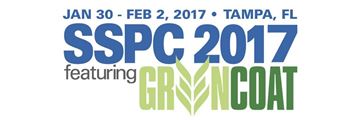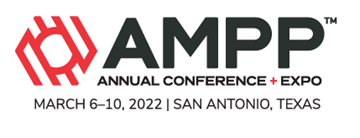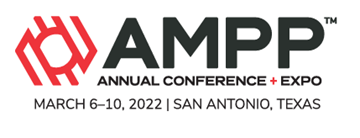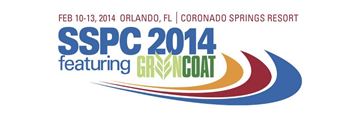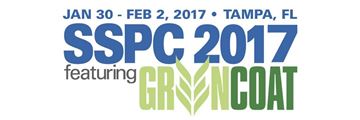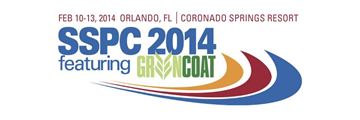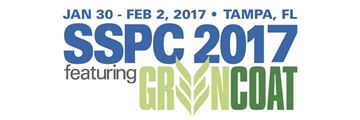Search
Coatings and Linings
View as
Sort by
Display
per page
Linings’ Testing for High Pressure and High Temperature Operations
Product Number:
41215-902-SG
Publication Date:
2015
$20.00
Liquid Applied Insulation Coatings: From the Lab to the Field
Product Number:
51217-029-SG
Publication Date:
2017
$20.00
Localized Corrosion Management For Thermally Insulated Systems Via Insulation Stand-Offs And Low Point Drains
Product Number:
51322-17585-SG
Publication Date:
2022
$20.00
Localized Corrosion Studied Via Interferometry Using Modified Surfaces
Product Number:
51322-17747-SG
Publication Date:
2022
$20.00
Long-Term Case Studies Of Cathodic Protection Along The Texas Gulf Coast
Product Number:
51322-17734-SG
Publication Date:
2022
$20.00
Long-Term Cost Saving By Using High Alloyed Stainless Steel In Seawater Coolers
Product Number:
51322-17544-SG
Publication Date:
2022
$20.00
Looking Past the Re lection: Conservation of Energy through Insulation Coatings
Product Number:
41214-824-SG
Publication Date:
2014
$20.00
Low Solar Absorbing Epoxy Marine Decking Systems
Product Number:
41215-941-SG
Publication Date:
2015
$20.00
Low VOC Autocatalytic Anti-Corrosion Primers
Product Number:
51217-046-SG
Publication Date:
2017
$20.00
Lowering the Total Cost of Surface Preparation
Product Number:
41214-821-SG
Publication Date:
2014
$20.00
Maintaining Aged Infrastructure with Difficult-to-Coat Features
Product Number:
51217-073-SG
Publication Date:
2017
$20.00



